AVS to review dog-capture protocols after backlash over Seletar incident
Following public outcry and a joint statement by 10 animal welfare groups, AVS says it is reviewing its dog management protocols after criticism of its handling of stray dogs at Seletar West Farmway.
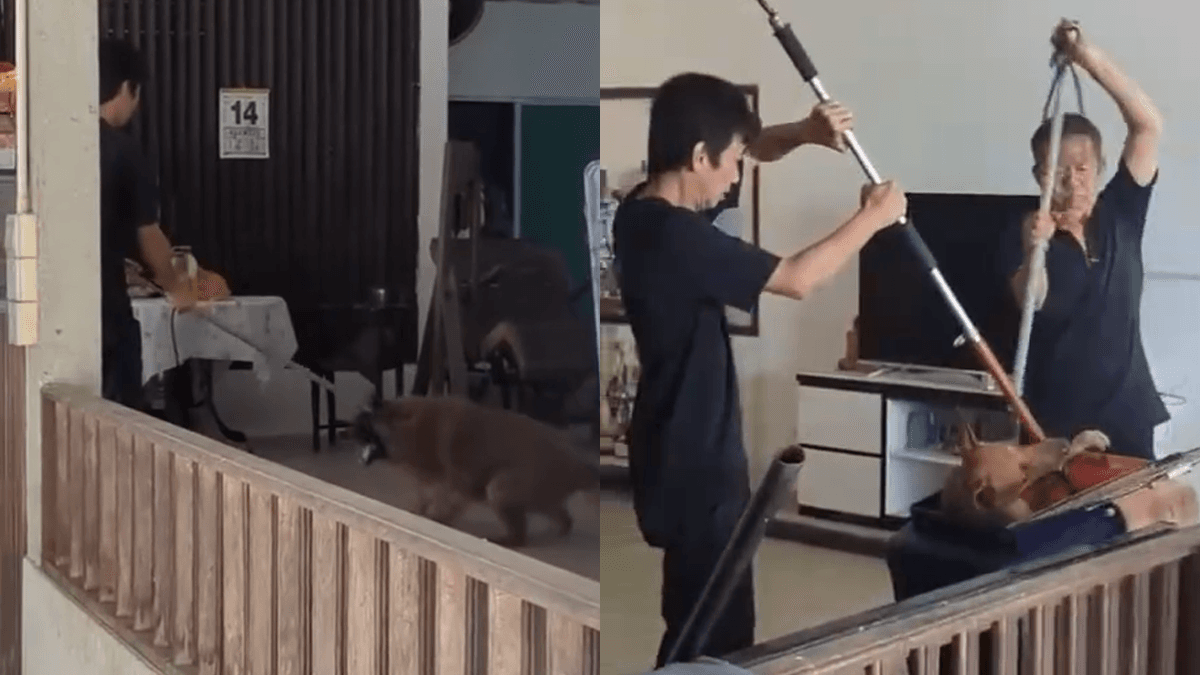
- AVS announced on 20 November that it is reviewing protocols following criticism of a dog-capture operation at Seletar West Farmway.
- Ten animal welfare groups earlier condemned the force used, while feeders disputed the identification of the dogs involved.
- AVS maintains the dogs were responsible for recent biting incidents, and they are now in its care and available for adoption.
The Animal & Veterinary Service (AVS) announced on 20 November 2025 that it is reviewing its animal management protocols following widespread public concern and condemnation over the forceful capture of stray dogs at Seletar West Farmway earlier this month.
The announcement came days after ten animal welfare groups issued a joint statement condemning the methods used during the AVS-led operation, which was carried out by its appointed contractor.
The incident had sparked outrage after videos posted on Instagram on 14 November showed a visibly distressed brown dog being forcibly restrained and collapsing after being pushed into a crate.
Members of the public, animal advocates, and local feeders expressed alarm at what they saw as inhumane handling, contradicting AVS’s earlier assertions that the methods complied with international welfare standards.
Protocols under review after joint group statement
Responding to media queries on 20 November, Dr Anna Wong, Group Director of Community Animal Management at AVS, confirmed that the agency is taking the concerns seriously.
“We have been engaging animal welfare group partners to gather their feedback and concerns, and will continue working closely with them to refine the Trap-Neuter-Rehome/Release-Manage (TNRM) programme,” she said. “This includes reviewing our joint protocols and improving our communication and coordination.”
Dr Wong reiterated that the safety and well-being of both animals and the community remains AVS’s top priority.
The statement marks a shift in tone from AVS’s earlier defence of the operation, where Dr Wong had said the force used was necessary due to the dogs’ aggression and risk to public safety.
Background: Footage raised serious concerns
The operation at Seletar West Farmway on 14 November followed four reports of dog bites or aggressive chasing incidents between May and November 2025, with two occurring within the same week.
In one video shared on Instagram, a brown dog—described by caregivers as elderly and limping—was seen struggling while being restrained with a pole.
The dog later collapsed in what was described as shock. The footage was reposted by advocacy platforms such as Wake Up Singapore and Rescue With Love SG, prompting demands for accountability and humane reform.
Blood and faeces visible in the area raised further concern about the physical toll of the capture process on the dogs. The animal welfare community described the scenes as deeply distressing and inconsistent with best practices in humane trapping.
Contradictory accounts on dog identification
The incident not only sparked debate over handling techniques but also over whether the correct dogs were targeted.
In their joint statement issued on 18 November, ten animal welfare groups—including the Society for the Prevention of Cruelty to Animals (SPCA), SOSD, and Causes for Animals Singapore—voiced doubts about the identification of the dogs involved.
They highlighted that 95% of the dogs in the area had already been sterilised by volunteers, and that no clear identification had been provided to justify targeting the dogs captured during the operation. They wrote, “'Brown dogs with a bite history' is not accountability.”
Caregivers in the area said the captured dog was known to be timid and rarely left the vicinity of the nursery where it was fed. They also said they had not been consulted before the operation, and were only informed after the dogs were removed.
AVS maintains correct dogs were caught
Dr Wong, however, firmly rejected the claim that the wrong dogs were targeted. She stated that AVS worked directly with the victims of the reported incidents to verify the identities of the animals.
“Two victims confirmed that one of these dogs had bitten them in separate incidents, while the two remaining dogs had chased one of the victims,” she said in her statement to The Straits Times.
She added that all three dogs are currently in AVS’s care and are under observation. “They are bright, alert and eating well,” she said. “They are now available for adoption, and those interested can approach our animal welfare group partners.”
Animal groups say systemic change is needed, not just a review
Dr Wong noted that in urgent public safety situations, AVS must act swiftly and decisively, while ensuring operations are carried out safely and effectively. She maintained that the contractor used appropriate restraining equipment during the Seletar operation.
She also reiterated that AVS will continue refining the Trap-Neuter-Rehome/Release-Manage (TNRM) programme, launched in 2018, which seeks to manage Singapore’s stray dog population through sterilisation, rehoming, and long-term community engagement.
However, the joint statement by ten animal welfare groups expressed that the issue goes beyond protocols alone. It described the Seletar operation as "traumatising," warning that such incidents undo years of rehabilitation work by caregivers and alienate dogs who were already fearful but manageable.
“We owe our street dogs better. We owe our community better,” the groups stated. “And we deserve a system that doesn’t undo the work of Animal Welfare Groups by traumatising animals that feeders have spent years caring for.”
The statement urged AVS to adopt a more inclusive and cooperative approach, calling for genuine collaboration between the authorities and on-the-ground caregivers. It said community feeders, many of whom have extensive experience handling the dogs humanely, should not be excluded from critical decisions.
“Animal caregivers have local knowledge and often hold the trust of the dogs. They should be engaged, not bypassed,” the groups said.
They also questioned the double standard in training and accountability: while TNRM volunteers are required to complete humane handling training, contractors appear to operate without similar oversight or skill requirements. This, they argued, puts both animals and the public at risk.
“If the issue is a skills gap, we are ready to help close it,” the statement added. “Humane trapping methods are available and already in use — there is no excuse for cruelty or careless force.”
Finally, the statement called for the legal recognition of animals as sentient beings, aligning Singapore with jurisdictions such as the UK, EU member states, New Zealand, and several US states. This, they argue, would raise the ethical and legal bar for all state-sanctioned handling of animals, including in enforcement settings.
“Even if the method is legal, it doesn’t make it acceptable,” the groups said. “Whatever the justification, the outcome is undeniable — the dogs suffered. And this suffering could have been prevented.”



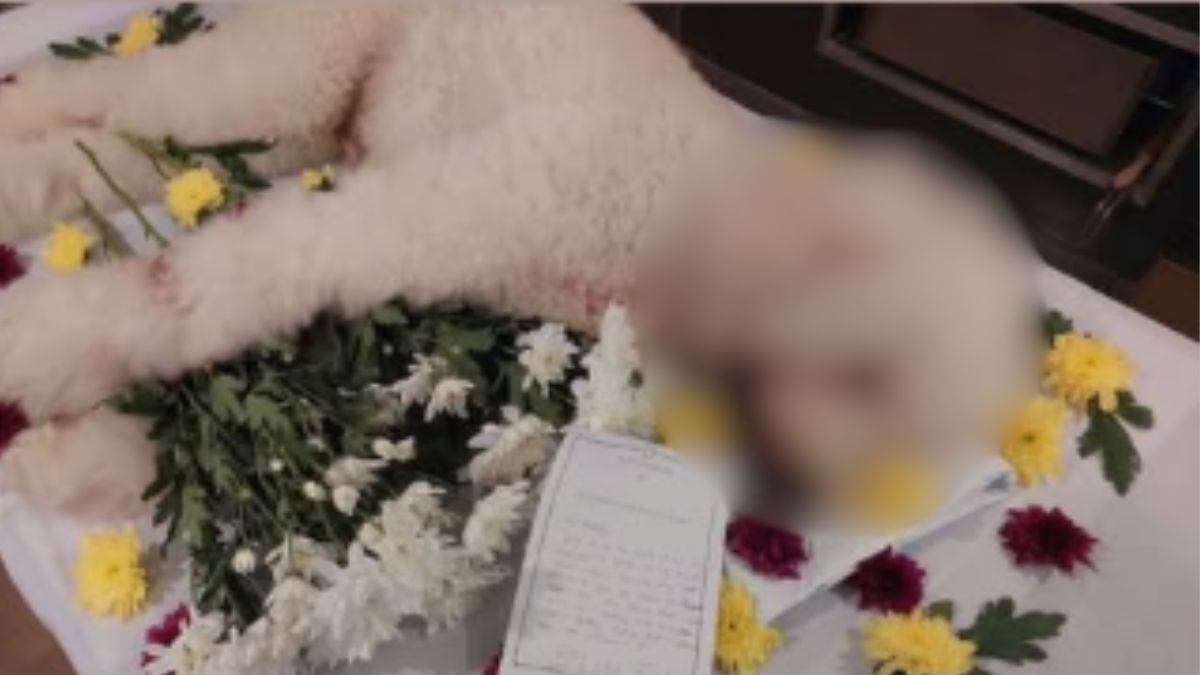
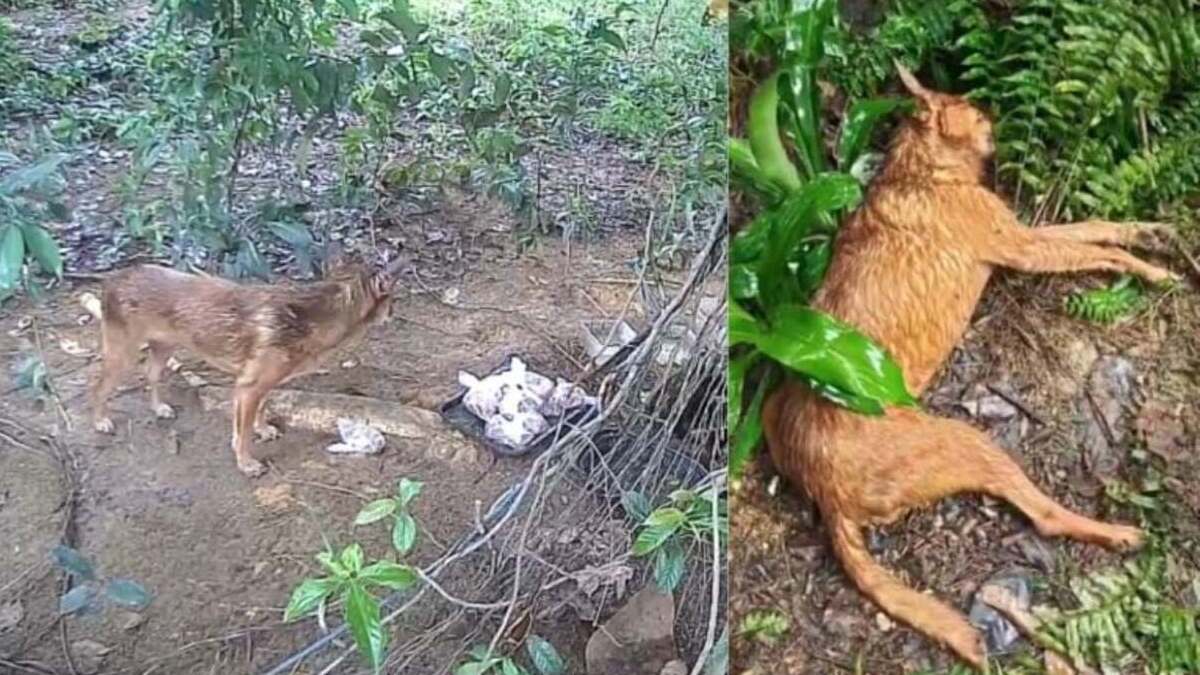
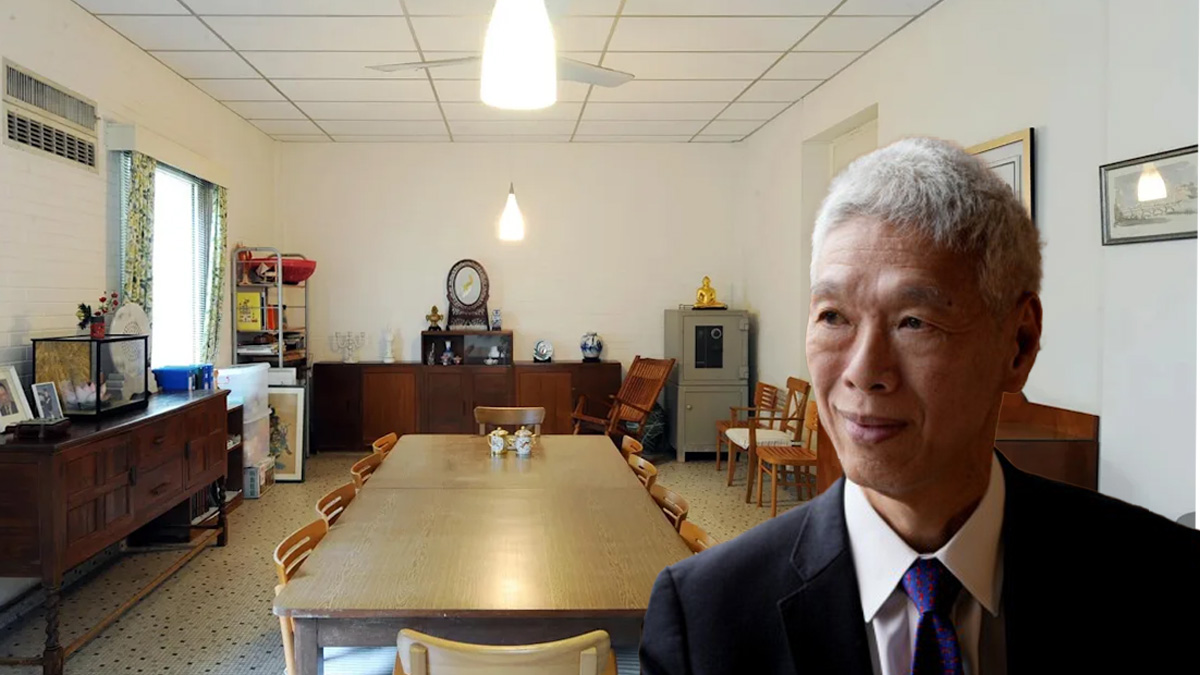

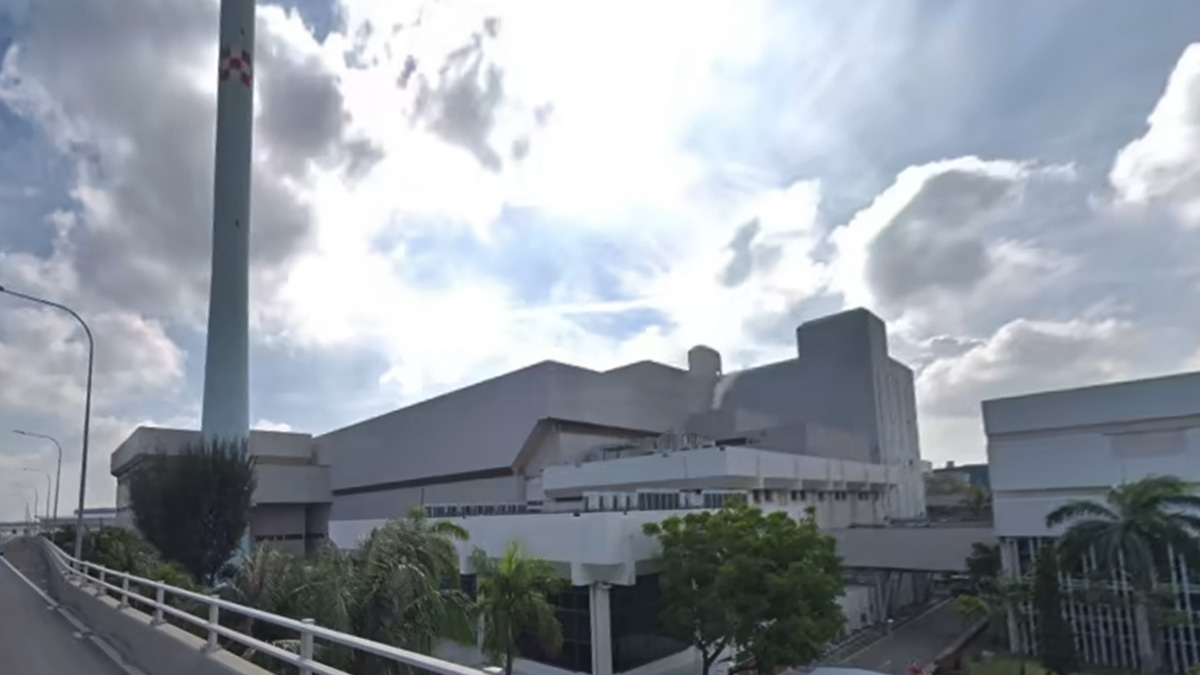

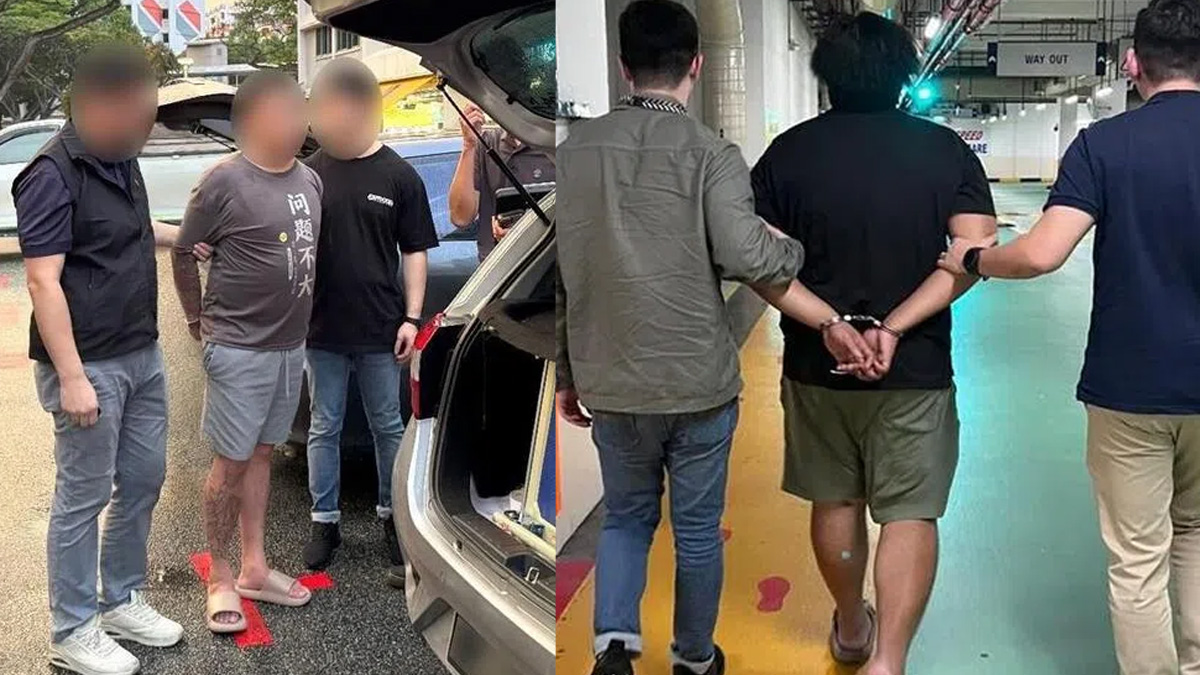

0 Comments